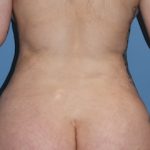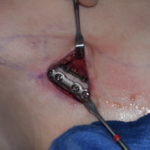Plastic Surgery Case Study – PEKK Skull Implants In Pediatric Skull Defect Reconstruction
Background: Cranial or skull reconstruction has been done for over half a century with a wide variety of different materials. Whether its is done using the patient’s own bone, bone substitutes or synthetic materials, successful skull reconstruction can be accomplished with all of them if skillfully done. But because of the availability limitations of using Read More…


